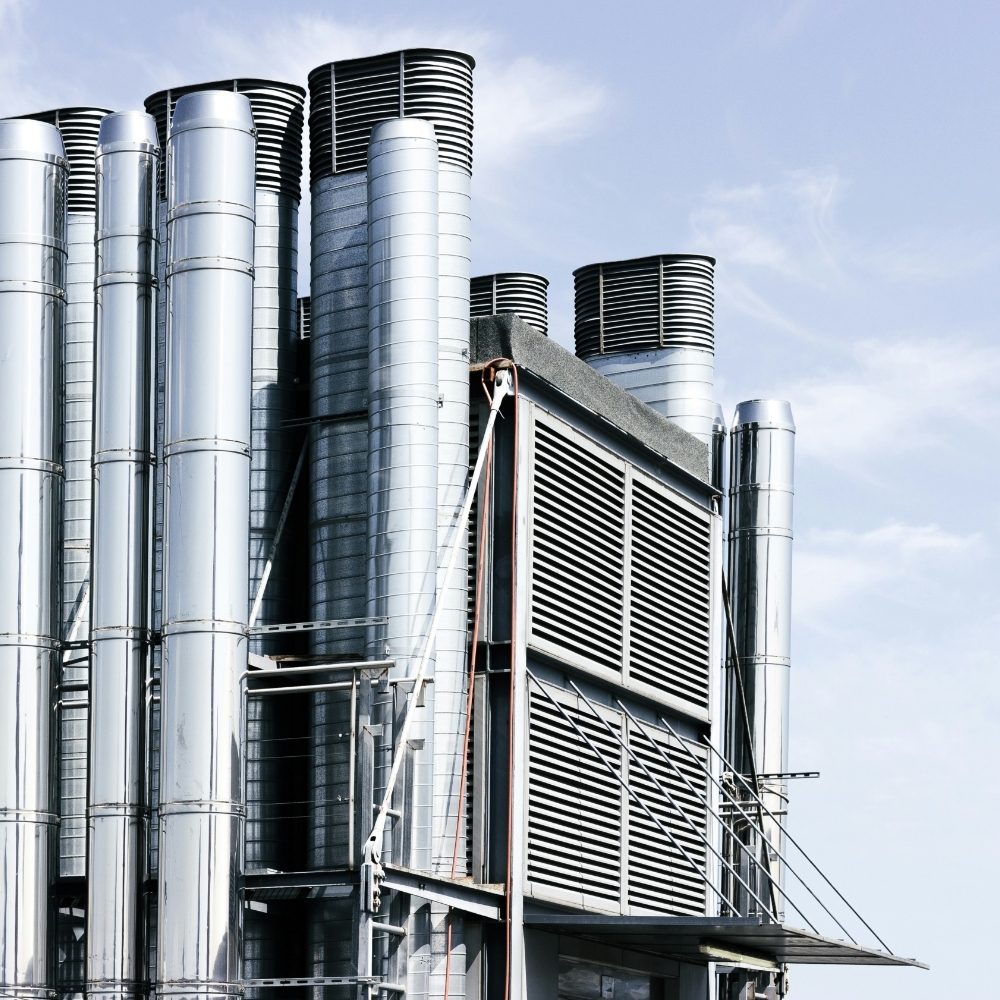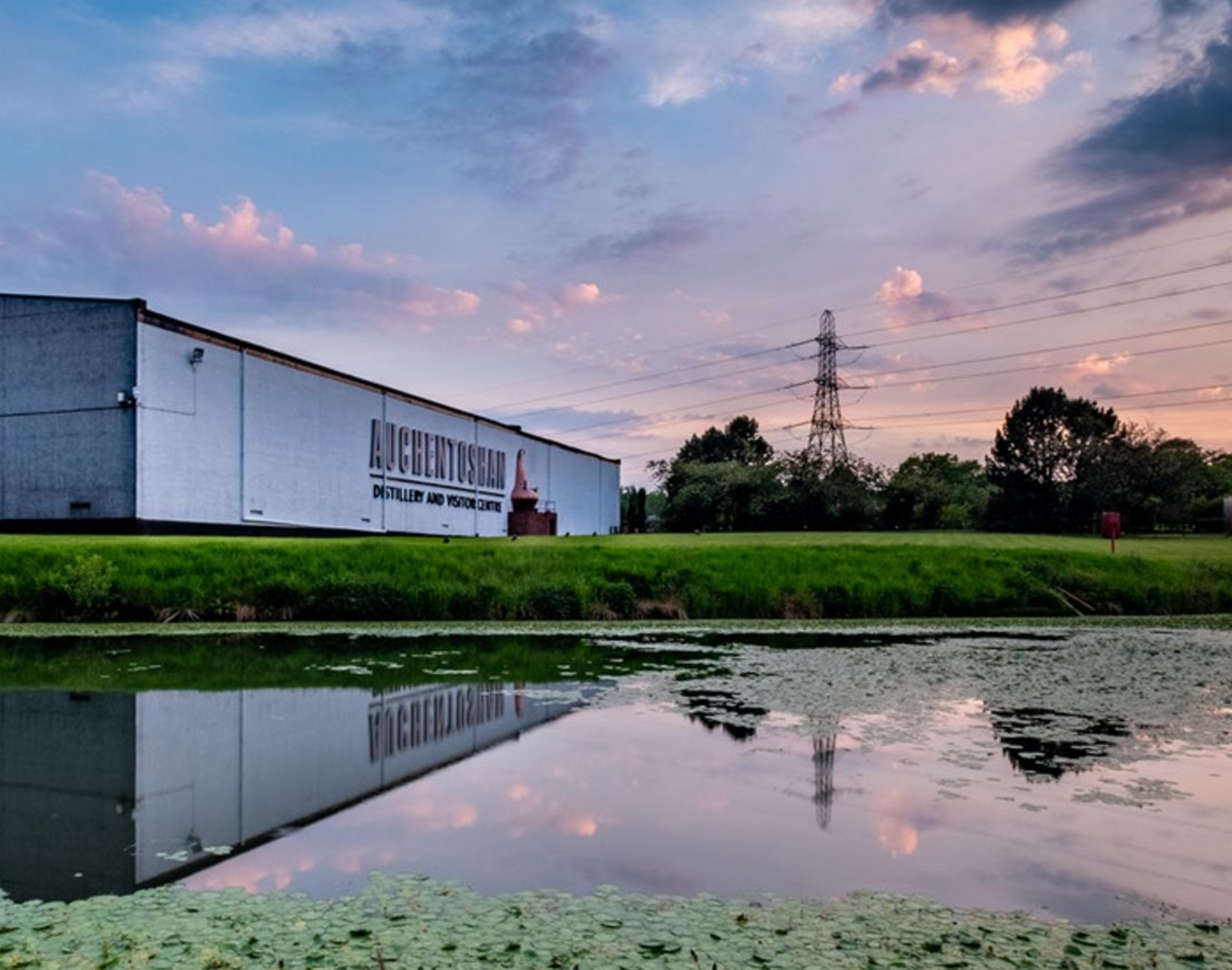The UK Government aims to develop up to 10GW of low carbon hydrogen production capacity by 2030 to support its net zero targets, with at least half of this coming from renewable sources.The Scottish Government has plans to deliver 5GW of low carbon and renewable hydrogen capacity within the same timeframe.
The HyClyde Auchentoshan project is set to contribute to these goals, as well as support the Scotch Whisky Association’s ambitious target to reach net zero by 2040.
With green hydrogen becoming a crucial element of our future energy mix, we explain what hydrogen is and how it's produced.
What is green hydrogen and how is it produced?
Hydrogen is the lightest and most abundant element in the universe. It can combine with many other elements, such as oxygen, to form compounds. One of the most common hydrogen compounds is water (H20) which forms when hydrogen reacts with oxygen.
Green hydrogen can be produced through a process called electrolysis. Electrolysis uses an electrical current to separate water compounds into hydrogen and oxygen.
If the electrical current is produced using renewable energy sources like wind, hydro power plant or solar PV plant, the result is green hydrogen, which can then be used as a clean, environmentally friendly energy source.




